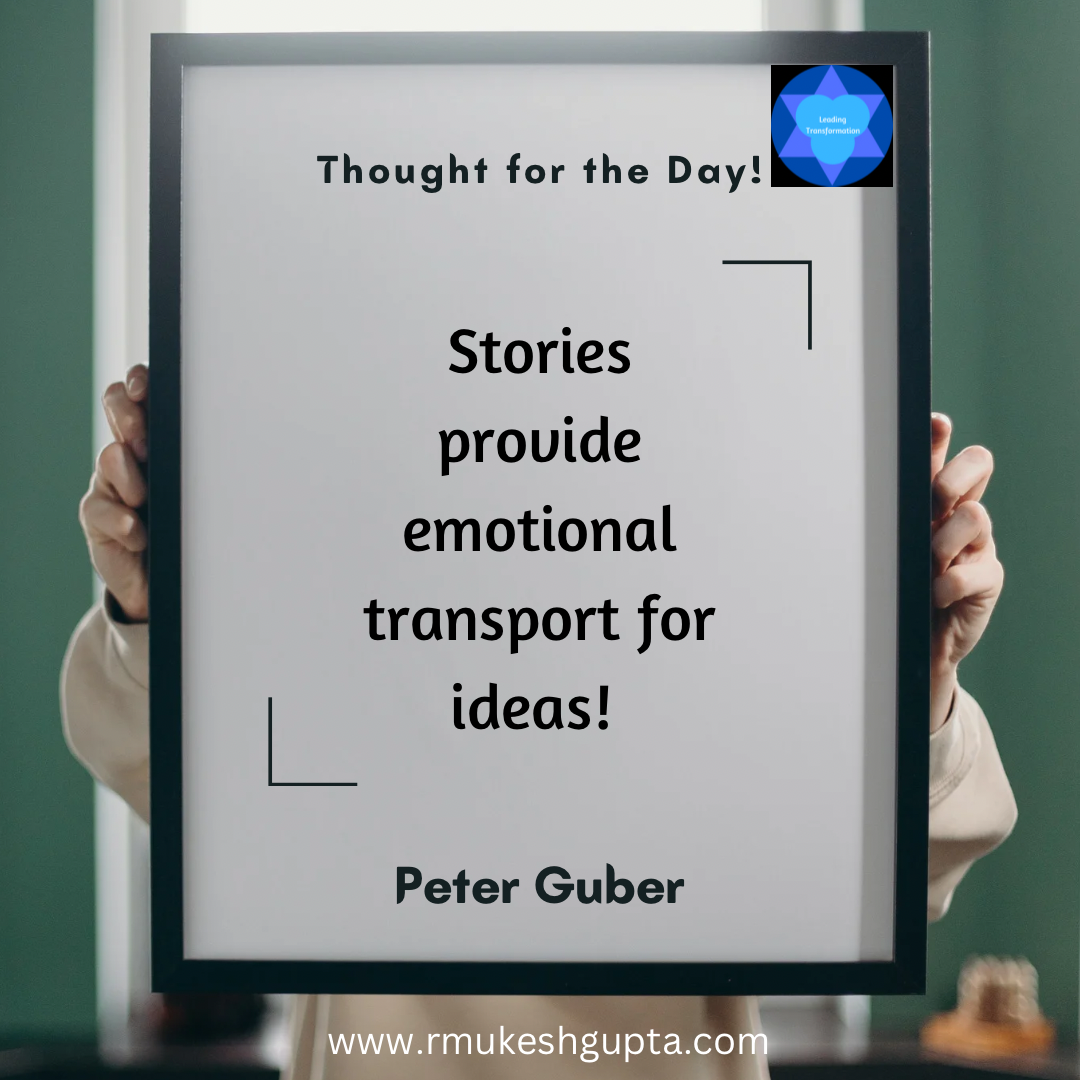There has been a lot of interest in organizations, large and small, to move toward an ongoing performance dialogue replacing the annual appraisal cycle. Irrespective of the performance cycle, it’s still a good idea to have an ongoing dialogue with everyone on our team. This helps ensure that there are no surprises and all confusions are addressed as early in the process as is possible. This also provides opportunities for continuous improvement over time.
However, not all ongoing performance dialogue is created equal. Here are 5 traits of a good performance evaluation dialogue:
1st C = Candid
They are candid. Everyone involved needs to be candid and honest through out the process. If there are difficult questions that need to be raised and answered, we should not shy away from them. There should be no hidden agendas. This is the most important characteristic of a good ongoing performance dialogue. Without this everything else is of no use.
Everyone involved needs to be candid and honest through out the process. If there are difficult questions that need to be raised and answered, we should not shy away from them. There should be no hidden agendas. This is the most important characteristic of a good ongoing performance dialogue. Without this everything else is of no use.
2nd C = Conversational
They are conversational in nature. This is as much of an evaluation of the performance as it is asking for specific support to deliver the performance. As much as it is job of an employee to deliver high quality performance, it is the responsibility of the leadership to create or provide an environment where high quality performance can thrive. One can’t happen without the other. Hence the responsibility for effective conversation is on both.
3rd C = Clear
They are clear with specific behaviour being discussed and what good performance looks & feels like. It is extremely frustrating to not know exactly what is expected of us ahead of time. There is no surprise if the team doesnt achieve their peak performance, if they dont know what peak performance looks like.
This is like expecting players to score goals in a penalty kick of a football game with the goal post hidden somewhere and then penalising them if they dont score the goal. It just doesnt work. It also is a sure shot way to eliminate any initiative that might be left in the employess and turn them into zombies who will do as less as possible to get by.
4th C = Constructive
They are constructive. The objective is to help the person improve their performance and not find blame. Once we are clear on this objective we can focus on identifying areas of improvement & discuss ideas to improve. These improvements need to be observed and acknowledged over time.
There is nothing better than getting constructive feedback that helps one get better at their jobs. And everyone in the team should also learn how to give and receive constructive feedback. It might seem simple but is one of the most difficult skill to master.
5th C = Continuous
They are continuous. Any lasting change in performance takes time. So, we need to focus on a few attributes of performance and do it for a period of time. Consistently. This tells us if we are improving over time or not. The progress also keeps the morale up and helps everyone feel good about the work that we are doing.
In Conclusion
If we are able to have an ongoing dialogue with these characteristics with each one of our team members, we are already doing the best that we can. This creates an environment that is nurturing and has the potential to deliver great improvements to the entire teams performance & productivity. Apart from this, it will also have the additional benefit of improving employee engagement & drive employee satisfaction. Both of which are great side effects to have.





One thought on “5 C’s of Effective Ongoing Performance Dialogue”
Comments are closed.